Product Overview: 8×8 Dot Matrix LED Display Module (MAX7219)
The 8×8 Dot Matrix LED Display Module with the MAX7219 driver IC is a compact, easy-to-integrate solution for adding text, icons, and simple graphics to microcontroller projects. Designed for makers, educators, and product prototypes, this module reduces wiring and programming complexity while delivering reliable brightness control and daisy-chain expansion.
Key Features
- 8×8 LED Matrix: 64 individually addressable LEDs for characters, icons, and basic animations.
- MAX7219 Driver IC: Handles multiplexing, current limiting, and intensity control to free MCU pins.
- SPI Serial Interface: Standard DIN, CS, CLK pins for easy connection to Arduino, Raspberry Pi, ESP8266/ESP32 and other microcontrollers.
- Cascadeable Design: DOUT to DIN chaining enables expansion to multi-module displays.
- Adjustable Brightness: Intensity set through the MAX7219 intensity register to suit indoor and low-light conditions.
- Compact and Robust: Small PCB footprint fits inside enclosures for wearables, handhelds, and signage.
Specifications
- Matrix Size: 8 x 8 LEDs (64 LEDs)
- Driver IC: MAX7219
- Interface: SPI (DIN, CS, CLK)
- Power Supply: 5V DC
- Operating Temperature: -20°C to 70°C
- Brightness Control: Yes, via MAX7219 intensity register
- Dimensions: Compact module size (varies by supplier)
Typical Applications
- Scrolling text banners and single-line displays
- Numeric and symbolic readouts for counters and timers
- Wearables and handheld devices with simple graphics
- Educational electronics, prototyping and classroom demos
- Retail signage, status indicators, and information displays
Integration and Programming Tips
Wiring
- Connect VCC to 5V and GND to ground.
- DIN to MOSI (data), CS to a digital pin (load/CS), and CLK to SCK.
- When chaining modules, connect DOUT of one module to DIN of the next and share VCC and GND.
Software Libraries
- Arduino: Use LedControl, MD_MAX72XX or similar libraries for character mapping, scrolling text and chaining multiple modules.
- Raspberry Pi: Control via SPI using Python (spidev) or existing MAX7219 wrappers for quick integration.
- ESP8266/ESP32: Compatible with common Arduino libraries and can drive networked displays for IoT projects.
Power and Performance
- Ensure a stable 5V supply, especially when chaining several modules. Use a regulator capable of the required current.
- Place decoupling capacitors across VCC and GND and minimize long, thin power traces to avoid voltage drop when driving many LEDs.
- Use the MAX7219 intensity register to reduce current draw at lower brightness levels.
Safety and Handling
- Do not connect the module to voltages above 5V.
- Observe correct data and clock orientation to prevent communication errors between modules.
- Keep the module within the specified operating temperature range for reliable long-term use.
Why Choose This 8×8 LED Matrix with MAX7219
This module is ideal for makers and educators who need a low-cost, easy-to-control display with scalable expansion. The integrated MAX7219 reduces code and wiring complexity while delivering stable brightness control and reliable chaining for larger displays. Use it for prototyping, classroom projects, information signs, and wearable LED graphics.
Note: Product images are for illustration only. Actual product appearance may vary slightly.

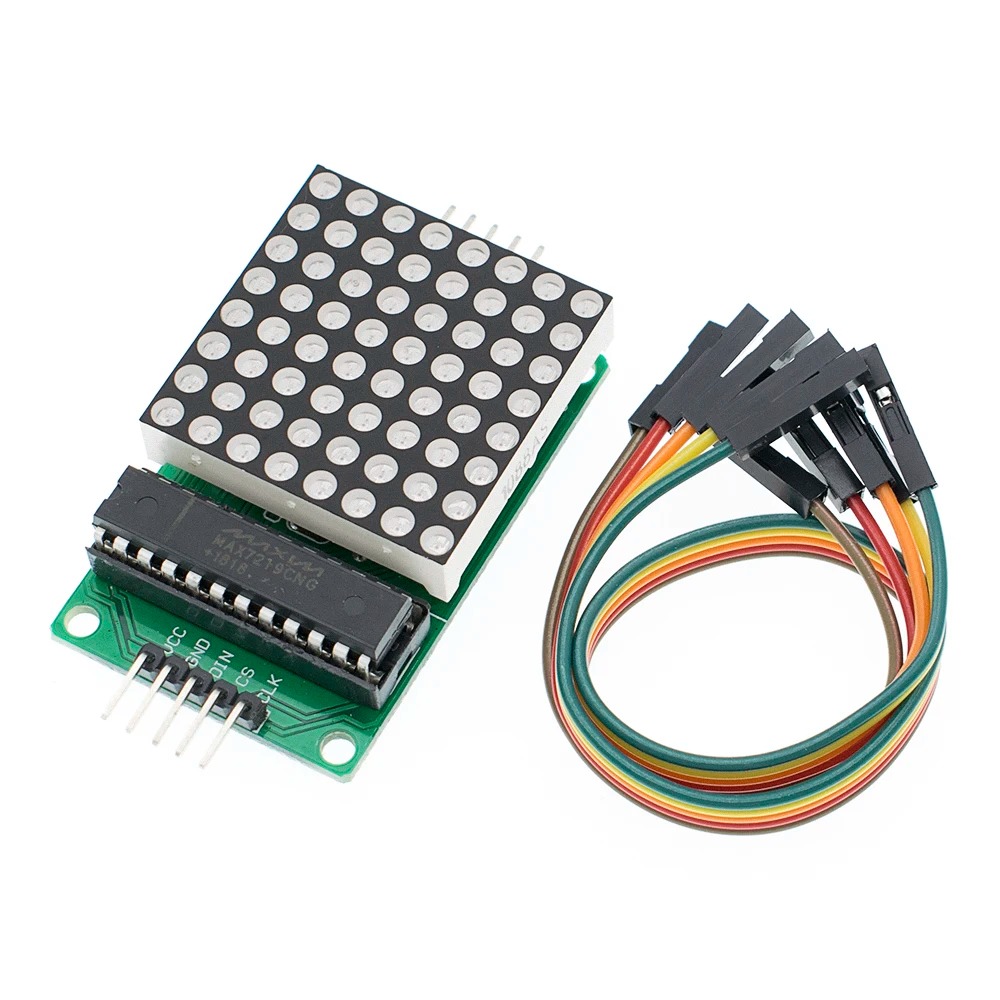
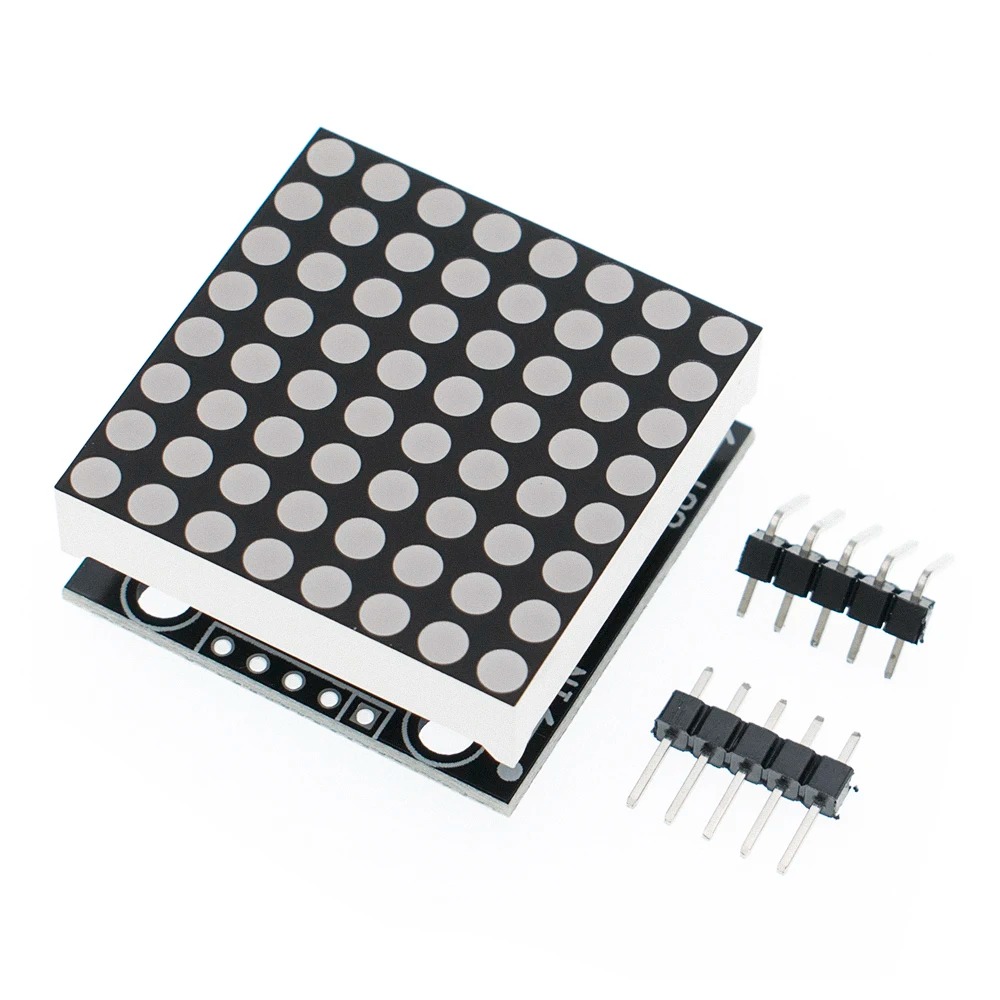
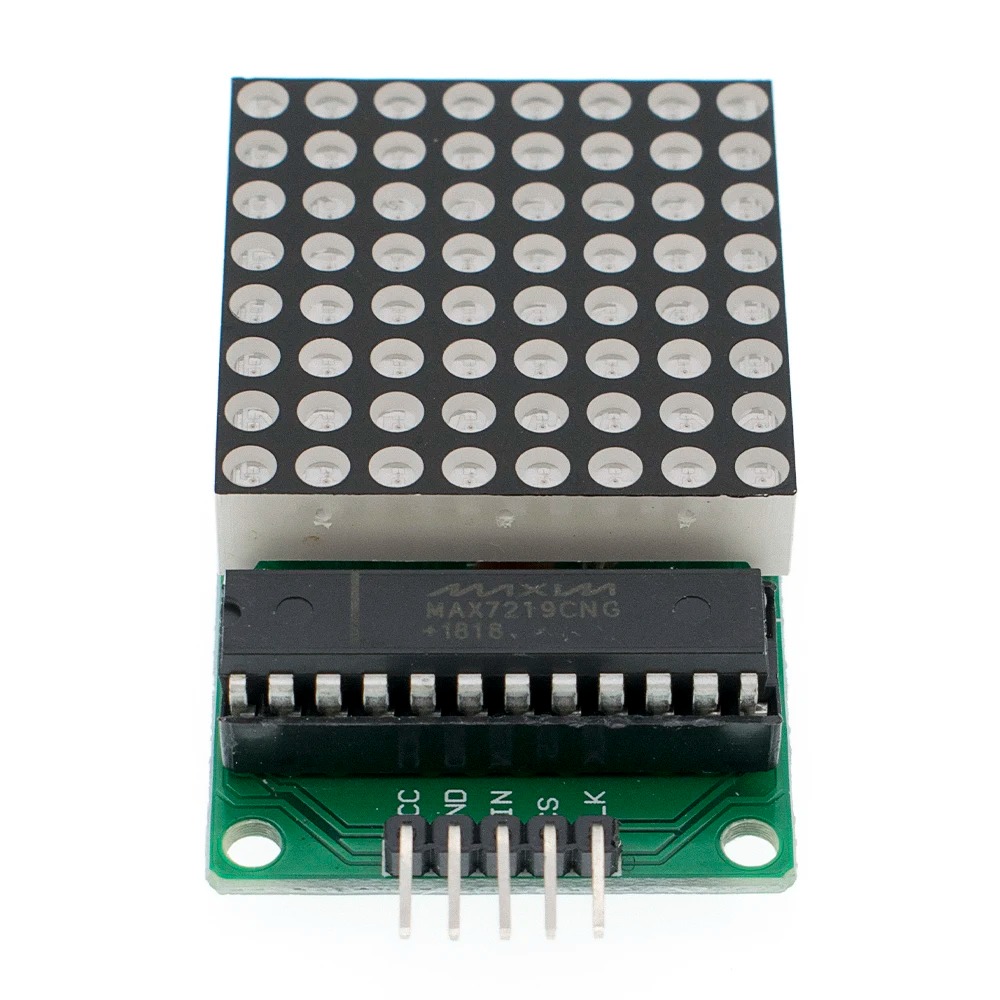
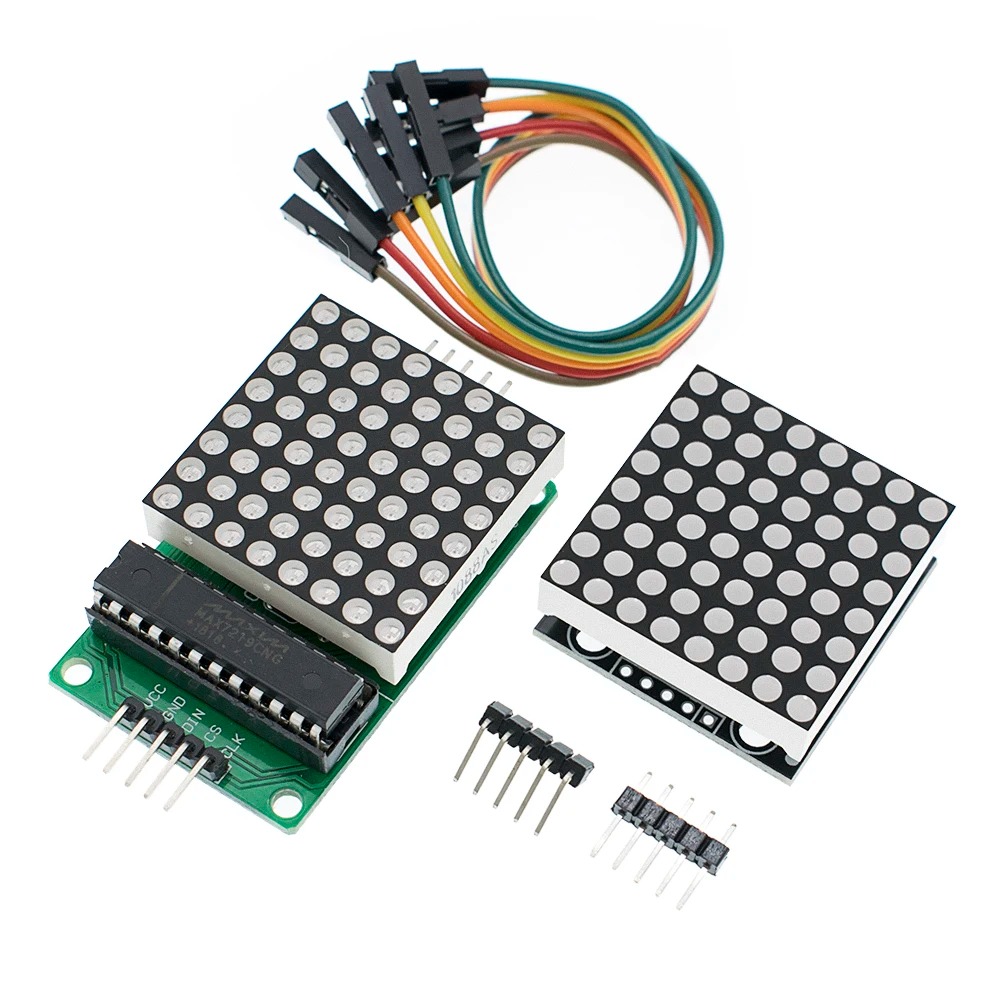

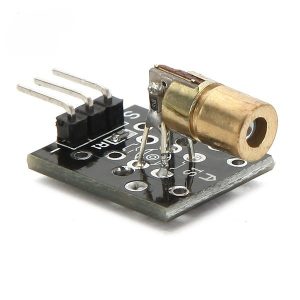
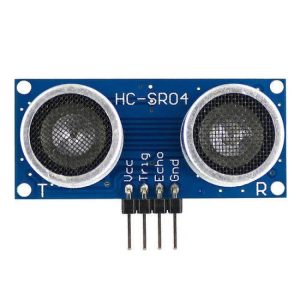
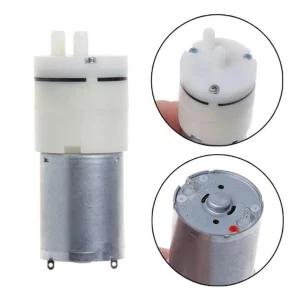
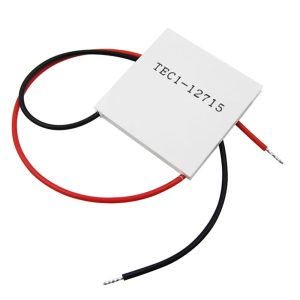
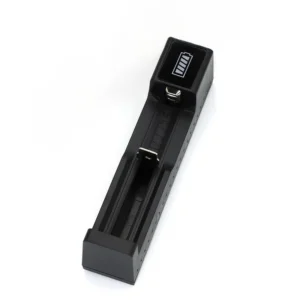
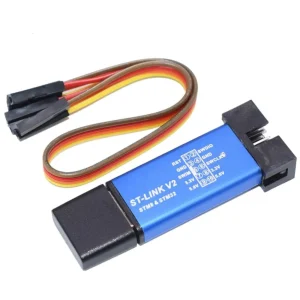
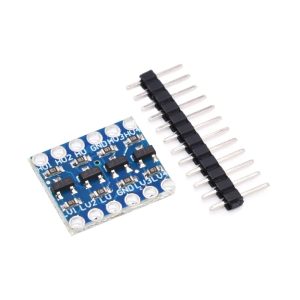
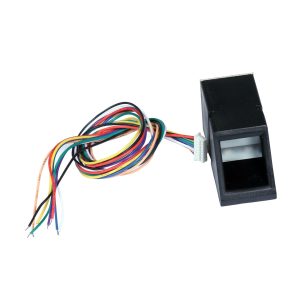
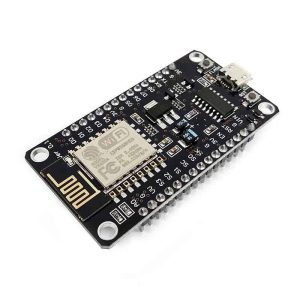
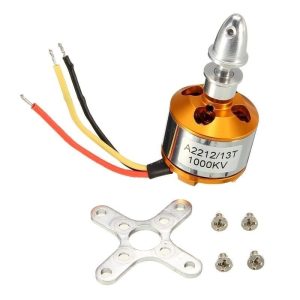

There are no reviews yet.